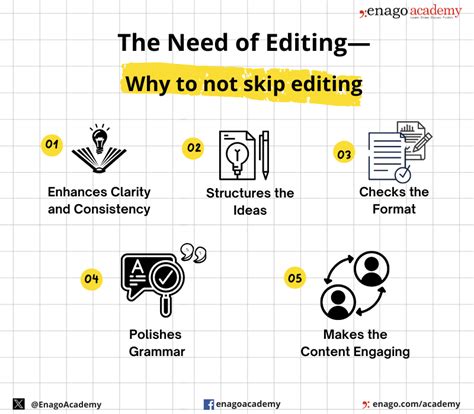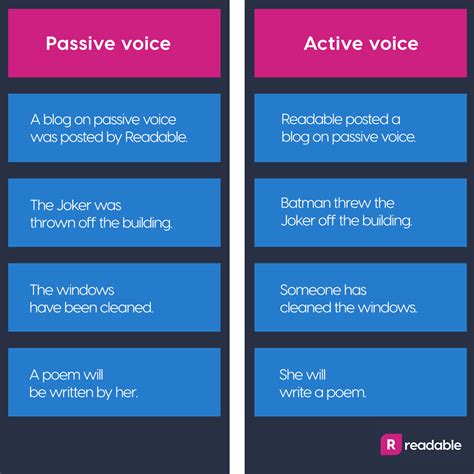Unlocking Clarity: The Power of Concise, Active Voice
In the vast landscape of communication, clarity reigns supreme. Whether you’re drafting an email, writing a report, or crafting a blog post, your ultimate goal is to convey your message effectively. Two powerful tools in your stylistic arsenal for achieving this are concise language and active voice. They work in tandem to make your writing more direct, engaging, and ultimately, far more readable.
Why Conciseness and Active Voice Matter
Often, writers fall into the trap of verbosity and passive constructions, inadvertently obscuring their meaning. Concise writing means stripping away superfluous words and phrases, getting straight to the point without sacrificing detail. Active voice, on the other hand, puts the actor of the sentence front and center, creating a more dynamic and direct narrative. Together, they eliminate ambiguity, reduce cognitive load for the reader, and inject vitality into your prose.
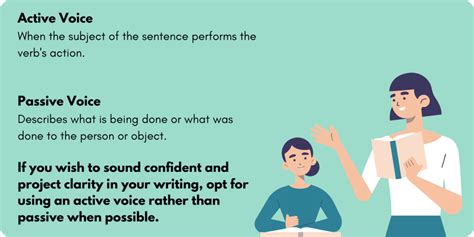
Understanding Active vs. Passive Voice
The distinction between active and passive voice is fundamental. In an active sentence, the subject performs the action. For example: “The dog chased the ball.” Here, ‘dog’ is the subject and it performs the action of ‘chasing’.
In a passive sentence, the subject receives the action. The doer of the action is often less prominent or even omitted. For instance: “The ball was chased by the dog,” or simply, “The ball was chased.” While passive voice has its place (e.g., when the action is more important than the actor, or the actor is unknown), overuse leads to convoluted and less impactful writing.
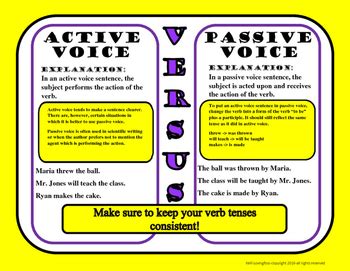
Strategies for Embracing Active Voice
Transforming passive constructions into active ones often requires a conscious effort during the editing process. Here are some key strategies:
- Identify the Doer: If your sentence uses a form of “to be” (is, am, are, was, were, be, being, been) followed by a past participle, and the actual doer of the action appears in a “by” phrase (or is missing), you likely have a passive construction. Ask yourself: “Who or what is performing this action?”
- Rephrase: Once you’ve identified the doer, make them the subject of your sentence. Change “The report was written by Sarah” to “Sarah wrote the report.”
- Focus on Strong Verbs: Active voice naturally encourages the use of more direct and powerful verbs, replacing weaker “to be” verbs.
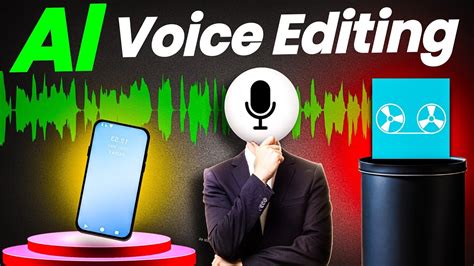
Techniques for Concise Writing
Conciseness goes hand-in-hand with active voice, further streamlining your message. Here’s how to achieve it:
- Eliminate Redundancy: Look for wordy phrases that can be replaced by a single word (e.g., “at this point in time” -> “now”; “due to the fact that” -> “because”). Avoid repeating ideas.
- Cut Empty Words: Words like “very,” “really,” “in order to,” “that,” and “which” (when not essential) can often be removed without changing the meaning.
- Use Stronger Verbs: Instead of “make a decision,” use “decide.” Instead of “conduct an investigation,” use “investigate.”
- Avoid Nominalizations: These are verbs turned into nouns (e.g., “make a determination” instead of “determine”). Revert them to their verb forms for punchier sentences.
- Combine Sentences: Break down complex ideas and then thoughtfully combine related short sentences to improve flow without adding unnecessary words.

Practice and Continuous Improvement
Like any skill, mastering concise, active voice takes practice. Start by consciously reviewing your drafts. Read your work aloud to catch awkward phrasing. Utilize grammar and style checkers, but don’t rely on them exclusively; develop your own critical eye. Seek feedback from others, asking them if your message is clear and direct.
Embracing these principles won’t just make your writing more efficient; it will make it more persuasive, more engaging, and ultimately, more impactful. By respecting your reader’s time and attention with clear, direct prose, you build a stronger connection and ensure your message truly resonates.
